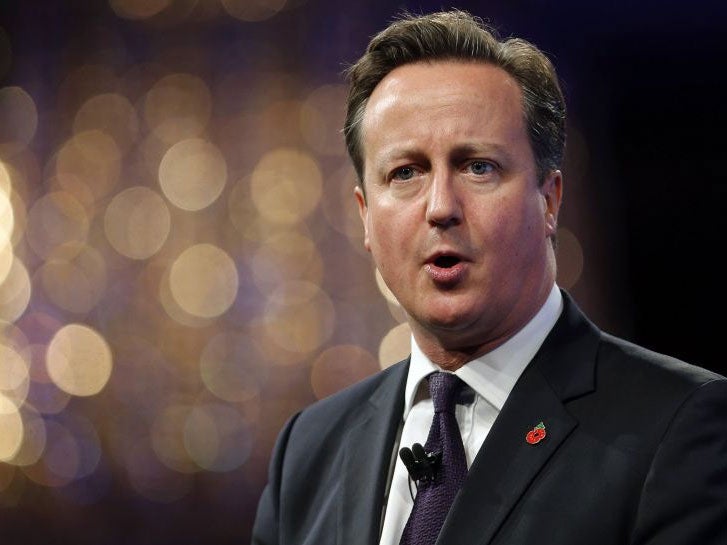Which groups have been penalised most by the Coalition's austerity measures?
The Treasury's latest distributional analysis from the March Budget suggests the richest 10 per cent have been hit the hardest:
The message of this seems to be that as a result of all the fiscal policy measures of the Coalition - the benefit cuts and tax hikes etc - the top decile of earners will see their incomes fall by more (just over 2 per cent) than any other decile. The rich are hit more than the poor.
But some new research by Paola De Agostini, John Hills and Holly Sutherland from the LSE's Centre for Analysis of Social Exclusion presents a rather different picture:
This suggests that the bottom half of the income distribution has done worse. In the top half of earners all except the richest 5 per cent have benefited from the Coalition's policies - and the very richest have not suffered income falls as steep as those in the bottom quarter of society.
So which picture is correct?
Happily, Agostini, Hills and Sutherland have examined the discrepancy and provided an answer.
There are some methodological differences, such as the fact that the Treasury models the impact of VAT increases and the researchers don't. But they also explain that the difference mainly flows from the baseline for comparing changes in income.
The Treasury analysis includes Budget "changes that were announced before June Budget 2010 that have been implemented by this government". Whereas their own comparison begins sharply n May 2010.
Crucially, that means the Treasury analysis includes the impact of Labour's 50 per cent marginal rate rate of income tax for those earning more than £150,000, which was introduced in April 2010.
That tax was, of course, reduced to 45 per cent by George Osborne in April 2013.
So the Treasury analysis compares top earners' incomes between a period when they were paying no additional rate of tax and a period when they were paying the 45 per cent rate - obviously a big hit.
But the researchers are comparing top earner's incomes between a period when they were paying the 50 per cent rate of tax and a period when they were paying the 45 per cent rate - a slight easing.
They say the upshot is that the incomes of the top 5 per cent of earners falls by 3 per cent under the Treasury's baseline but by less than 1 per cent in their own analysis.
So the question then becomes: which is the appropriate baseline for evaluating the distributional impact of the Coalition's fiscal policies?
Given that the 50 per cent rate was announced by Alistair Darling in March 2009 and implemented in April 2010 - a month before the Coalition was formed - the answer to that question would seem to be obvious.
And it's mysterious why the Treasury chooses to include some measures from before May in its baseline for its analysis.
Unless, of course the Treasury is playing statistical games in order to make the Coalition's fiscal policies look less regressive in their distributional impact than they actually are...
Perish the thought.
(Hat tip to Simon Wren-Lewis for spotting this baseline shift analysis in the new research. And do read his always essential blog for more on the distributional effects of the Coalition's policies)
Subscribe to Independent Premium to bookmark this article
Want to bookmark your favourite articles and stories to read or reference later? Start your Independent Premium subscription today.


Join our commenting forum
Join thought-provoking conversations, follow other Independent readers and see their replies